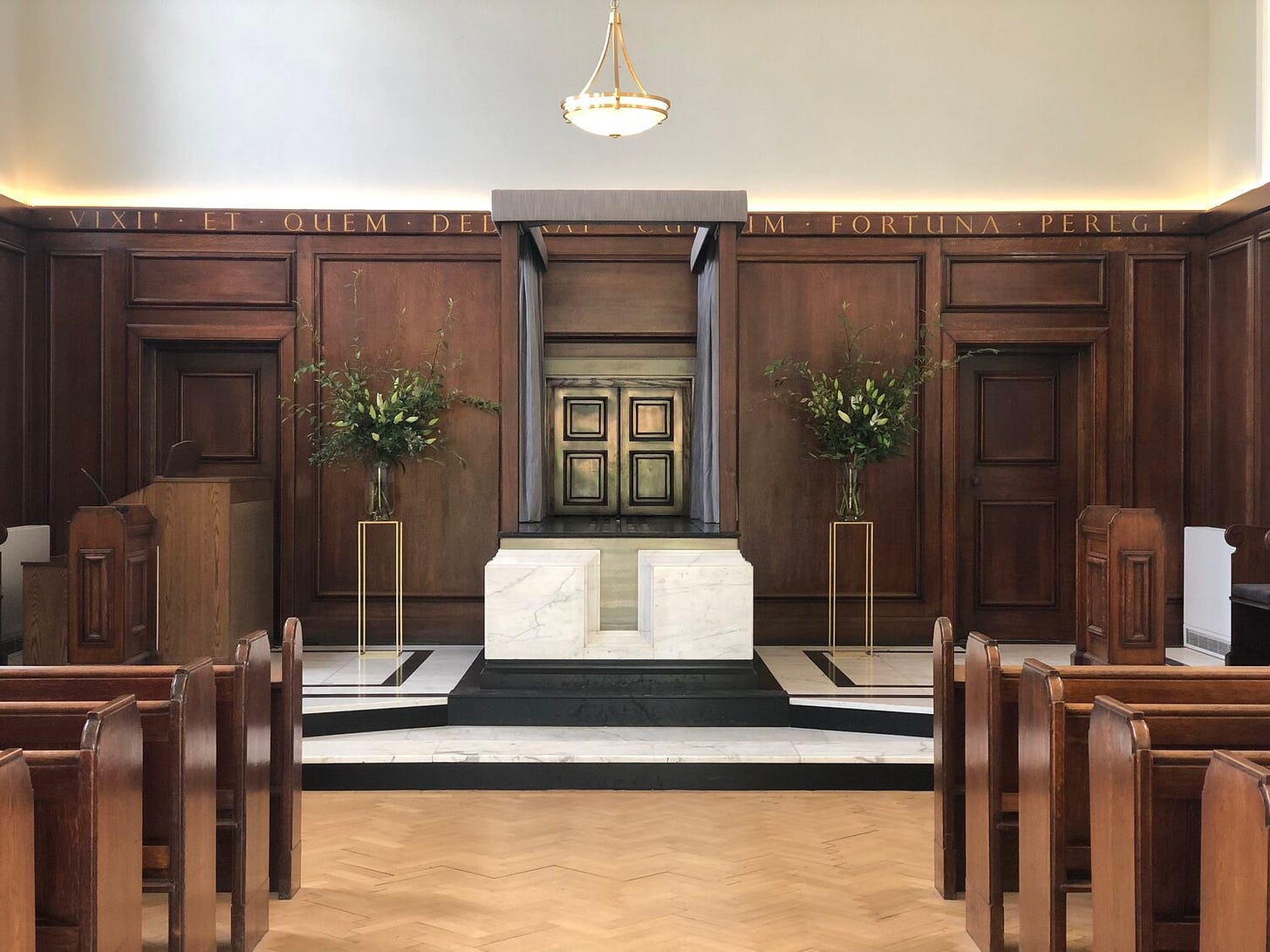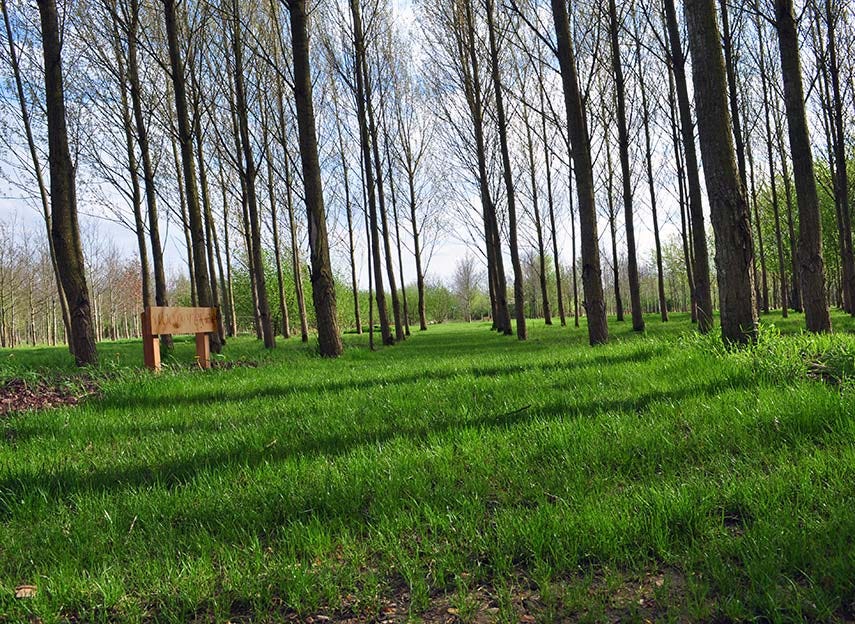A greener way to die
Cremation releases dangerous amounts of CO2, mercury and formaldehyde. Is it time society transitioned to woodland burials?
Cremation counts for almost 80% of all funerals in the UK. This might not come as a surprise; many people believe that it is the responsible way to dispose of a body, and traditional burials have become the exception rather than the rule. Woodland burials are rarer still.
Popular though it may be, cremation is exceedingly polluting. When a body is cremated, carbon dioxide is sequestered and released into the atmosphere, as is mercury, mainly from dental fillings, and lingers there. Add the 115,150 tonnes of carbon produced each year from the UK cremation industry, and the environmental toll becomes evident.
It’s not just burning the body which is polluting. Though appearing to be wooden, coffins are generally made from particle boards (chipboard), of which 16,000 tonnes were burnt in crematoriums in 2020 alone. Chipboard contains formaldehyde, a potent chemical and likely human carcinogen which leaches into the atmosphere. Even if you lead an environmentally-friendly life, by choosing cremation, your final carbon footprint will be hefty.
Cremation in the UK is comparatively recent: the first cremation happened in 1885, when only three cremations took place. In 2020, there were just under half a million.
Great marketing campaigns aren’t normally associated with the funeral industry, but the Cremation Society of Great Britain’s slogan “Save the Land for the Living” popularised cremation, persuading the public into believing it was the cleaner, more socially conscious option. Since cremation is cheaper and faster than burials, funeral directors perpetuated this.
Are burials a greener choice than cremations? In short, yes, says Rosie Imman-Cook, manager of the Natural Death Centre.
“Any burial is better than cremation, even if the body is embalmed and buried in a plastic-lined coffin. But a natural, woodland burial is the best of all.”
So what are the differences between traditional and woodland burials? In the former, the body is injected with embalming fluid, which leaks into the ground. Coffins are built at least partially from lead and plastic, and the body encased in plastic. The graves are deeper, around 6ft. A body buried at this depth decomposes anaerobically, producing large amounts of methane.
With a woodland burial, the body is not embalmed. The coffin is made from all natural materials (wicker, wood or a shroud). Clothing has to be biodegradable. There are no plastic wrappings. The body is buried at a shallower depth (around 3.5ft) to enable aerobic decomposition. Native flowers and trees are planted on the plot.
“When we started the burial ground in 2007, everyone thought we were pretty wacky,” says Reverend Charles Royden, of St Albans Woodland Burial Ground. “But now we’re seeing much more uptake.”
Although natural burial is gaining momentum, with over 270 woodland burial sites in the UK, COVID-19 has been a major impediment.
“There was lots of misinformation,” explains Rosie. “People incorrectly thought that you had to burn the body of anyone who had died from coronavirus.” According to the WHO, there is no evidence to support a need to burn the bodies of people who died from COVID-19.
For Rosie, the solution is educating the public about woodland burials as an alternative to cremation. When the time comes to plan a funeral for a loved one, we’re emotionally vulnerable and likely to take the first option proffered or the one that feels most suitable.
“The only way we can change that is through knowledge,” says Rosie.
Anna Richards is a writer based in Lyon, France, covering sustainability, travel and the outdoors. You can keep up with her via her website or on Twitter.





